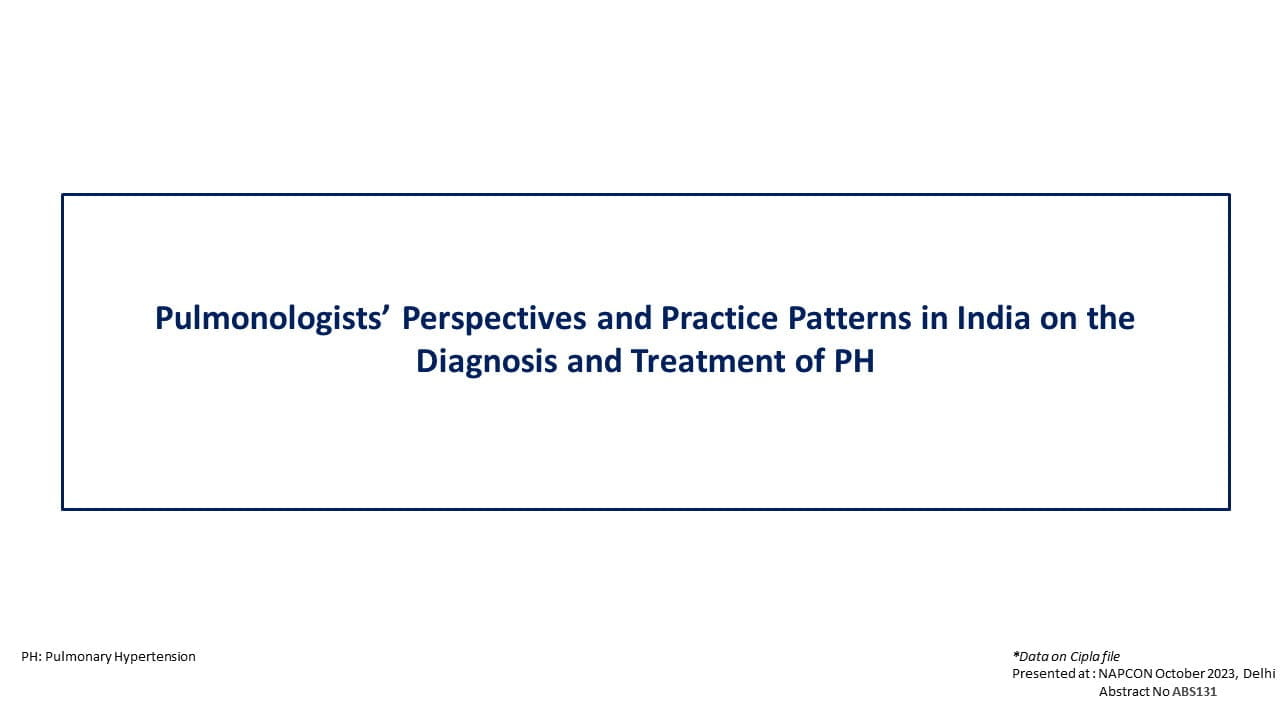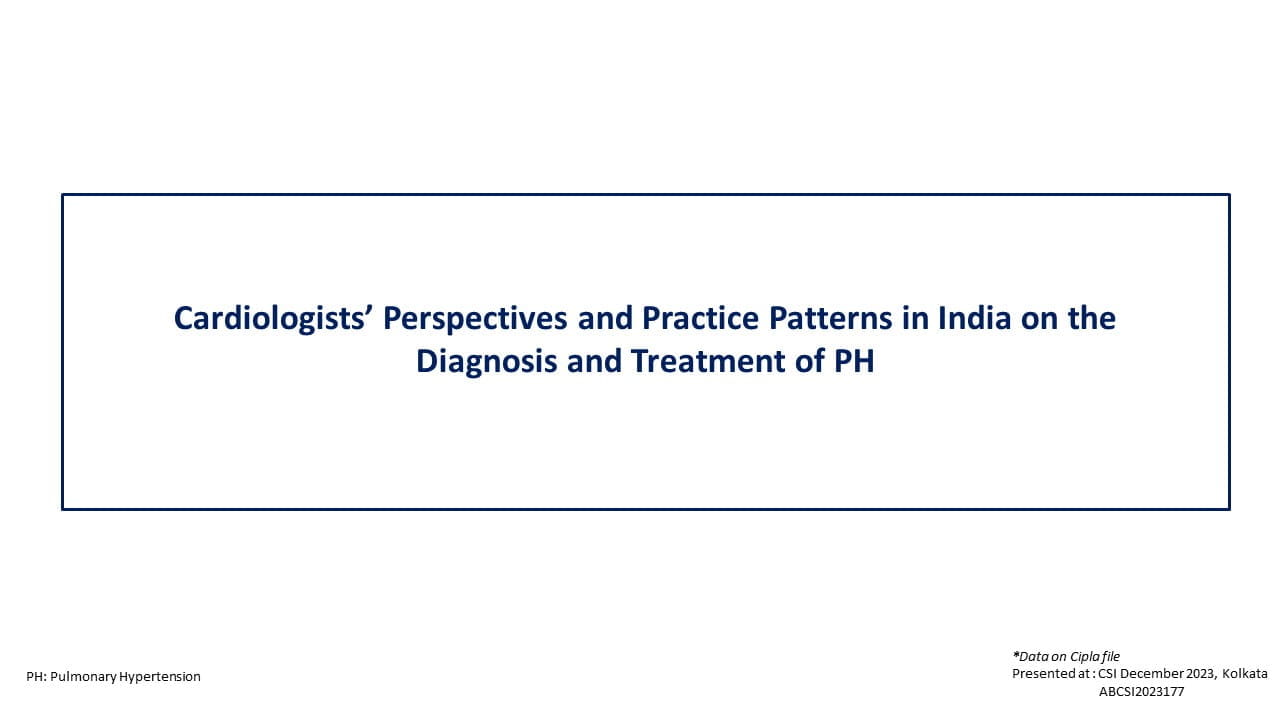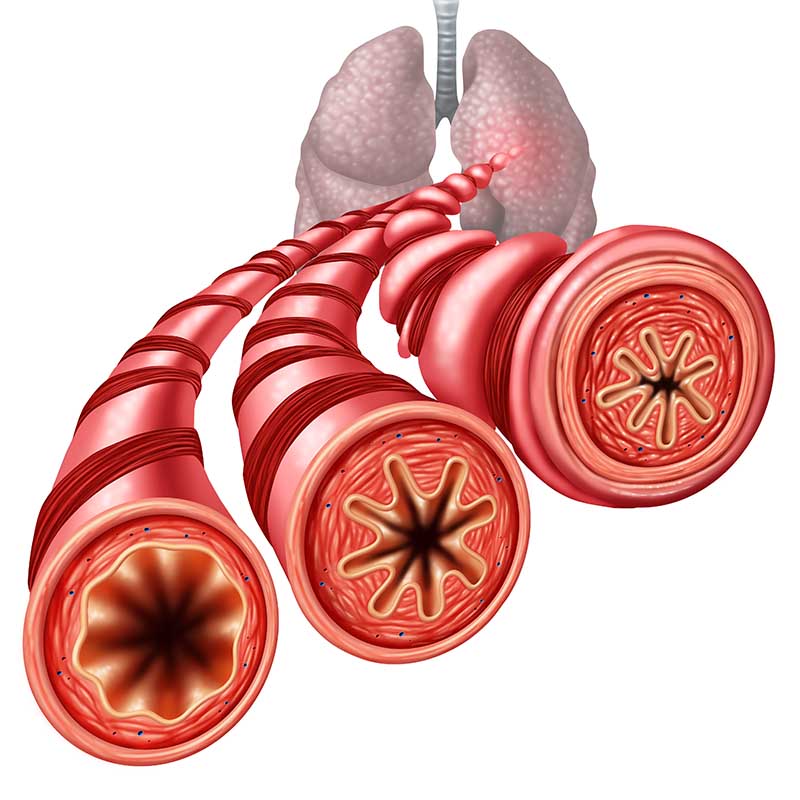Association of NAFLD with CVD and All-cause Death in Patients with T2DM
Introduction
A possible synergistic association between non-alcoholic fatty liver disease (NAFLD) and type 2 diabetes mellitus (T2DM) might contribute substantially to cardiovascular (CV) risk in affected patients. This association needs to be explored further on large-scale, using population based, longitudinal studies.
Aim
To evaluate the risk of NAFLD for cardiovascular disease (CVD) and all-cause death in patients with T2DM.
Profile of the Study Participants
- Individuals who had participated in the National Health Screening Programme in 2009 (n=7796763) were included in this study.
- Based on NAFLD status the study subjects were categorized as:
- No NAFLD: Fatty liver index <30
- Grade 1 NAFLD: 30≤ fatty liver index<60
- Grade 2 NAFLD: Fatty liver index ≥60
Methods
Study Design
- A nationwide population-based study conducted in Korea.
Assessments
- Anthropometric measures and laboratory measures were evaluated.
- General information of the study participants was obtained using standardized questionnaires.
Outcomes
- Incident CVD [myocardial infarction (MI), ischemic stroke] or all-cause death
Results
- The median follow-up period for the study was 8.13 years. At baseline, 6.49% (n=505763) participants had T2DM; 22.04% had grade 1 NAFLD and 11.11% had grade 2 NAFLD.
- The prevalence of grade 1 NAFLD (34.06% vs. 21.2%) and grade 2 NAFLD (26.73% vs. 10.02%) was higher in individuals with T2DM vs. those without T2DM (Fig 1).
Fig. 1: Prevalence of NAFLD in the study participants
- The incidence rates of CVD (6.77% vs. 2.24%) and of death (8.38% vs. 2.71%) were higher is individuals with T2DM vs. without T2DM.
- The incidence rates for CVD, MI, ischemic stroke, and all-cause death increased in the order of no NAFLD, grade 1 NAFLD, and grade 2 NAFLD, with the incidence rates being higher in individuals with T2DM vs. those without T2DM (Table 1).
- The five-year absolute risk for CVD, MI, ischemic stroke, and all-cause death increased in the order of no NAFLD, grade 1 NAFLD, and grade 2 NAFLD in patients without and with T2DM. Particularly, patients with T2DM without NAFLD had a higher five-year absolute risk for CVD, MI, ischemic stroke, and all-cause death vs. patients without T2DM with grade 2 NAFLD (Table 1).
Table 1: Risk of CVD as per T2DM and NAFLD status
Disease and death by NAFLD
Incidence
rate*
Adjusted† HR (95% CI)
Five-year absolute
risk (95% CI)
Risk Difference (95% CI)
Cardiovascular disease without T2DM
No NAFLD
2.26
1 (ref)
1.03 (1.02 to 1.04)
1 (ref)
Grade 1 NAFLD
3.83
1.23 (1.22 to
1.25)
1.23 (1.22 to 1.25)
0.21 (0.19 to 0.22)
Grade 2 NAFLD
3.77
1.44 (1.42 to
1.47)
1.42 (1.40 to 1.45)
0.40 (0.37 to 0.42)
Cardiovascular disease with T2DM
No NAFLD
8.28
1 (ref)
3.34 (3.27 to 3.41)
1 (ref)
Grade 1 NAFLD
9.19
1.10 (1.07 to
1.13)
3.94 (3.87 to 4.02)
0.61 (0.51 to 0.70)
Grade 2 NAFLD
8.34
1.25 (1.22 to
1.29)
4.66 (4.54 to 4.78)
1.32 (1.17 to 1.47)
MI without T2DM
No NAFLD
0.99
1 (ref)
0.40 (0.40 to 0.41)
1 (ref)
Grade 1 NAFLD
1.74
1.27 (1.24 to
1.29)
0.50 (0.49 to 0.51)
0.10 (0.09 to 0.11)
Grade 2 NAFLD
1.85
1.52 (1.48 to
1.57)
0.60 (0.58 to 0.61)
0.19 (0.18 to 0.21)
MI with T2DM
No NAFLD
3.41
1 (ref)
1.29 (1.24 to 1.33)
1 (ref)
Grade 1 NAFLD
3.79
1.07 (1.03 to
1.12)
1.49 (1.44 to 1.53)
0.20 (0.14 to 0.26)
Grade 2 NAFLD
3.54
1.20 (1.15 to
1.25)
1.73 (1.65 to 1.80)
0.44 (0.35 to 0.53)
Ischemic stroke without T2DM
No NAFLD
1.35
1 (ref)
0.65 (0.64 to 0.66)
1 (ref)
Grade 1 NAFLD
2.22
1.21 (1.19 to
1.24)
0.77 (0.76 to 0.78)
0.12 (0.11 to 0.13)
Grade 2 NAFLD
2.05
1.39 (1.36 to
1.42)
0.87 (0.85 to 0.89)
0.22 (0.20 to 0.24)
Ischemic stroke with T2DM
No NAFLD
5.27
1 (ref)
2.18 (2.13 to 2.24)
1 (ref)
Grade 1 NAFLD
5.79
1.12 (1.08 to
1.15)
2.63 (2.56 to 2.69)
0.44 (0.36 to 0.52)
Grade 2 NAFLD
5.15
1.30 (1.25 to
1.35)
3.16 (3.06 to 3.27)
0.98 (0.85 to 1.10)
All-cause death without T2DM
No NAFLD
3.03
1 (ref)
1.25 (1.24 to 1.26)
1 (ref)
Grade 1 NAFLD
3.90
1.22 (1.21 to
1.24)
1.50 (1.48 to 1.51)
0.25 (0.23 to 0.26)
Grade 2 NAFLD
3.63
1.75 (1.72 to
1.78)
2.09 (2.06 to 2.12)
0.84 (0.81 to 0.87)
All-cause death with T2DM
No NAFLD
11.64
1 (ref)
3.68 (3.61 to 3.74)
1 (ref)
Grade 1 NAFLD
10.14
1.14 (1.12 to
1.17)
4.25 (4.18 to 4.33)
0.58 (0.49 to 0.67)
Grade 2 NAFLD
8.77
1.61 (1.57 to
1.65)
5.91 (5.78 to 6.05)
2.24 (2.08 to 2.39)
*Incidence per 1000 person years.
†Adjusted for age, sex, smoking status, alcohol consumption, physical activity, low income, hypertension, dyslipidemia, body mass index, diabetes mellitus, and estimated glomerular filtration rate.
- As per Kaplan Meier analyses presence of NAFLD was associated with a significantly higher risk of CVD, MI, ischemic stroke, and all-cause death in patients with and without T2DM (all P<0.001). The risk was highest in patients with grade 2 NAFLD followed by grade 1 NAFLD.
- The incidence rate of CVD for patients with T2DM and no NAFLD in the age group 20-29 years was 0.40 per 1000 person years, but the same was as high as 23.25 per 1000 person years in those aged ≥70 years with T2DM and grade 2 NAFLD. Overall, the hazard ratios (HRs) for CVD, MI, ischemic stroke, and all-cause death were higher in the order of grade 1 NAFLD and grade 2 NAFLD as compared to those for the no NAFLD group in all age groups.
- There was an increase in 5-year absolute risk for CVD, MI, ischemic stroke, and all-cause death in the order of no NAFLD, grade 1 NAFLD, and grade 2 NAFLD across all age groups, and the same increased with age. The risk was also higher in patients with T2DM vs. those without T2DM.
Conclusions
- NAFLD seemed to increase the risk of CVD and all-cause death in patients with T2DM, even in patients with mild NAFLD.
- Patients with T2DM vs. those without T2DM had higher risk differences for CVD and all-cause death between no NAFLD and grade 1 or grade 2 NAFLD.
- NAFLD screening and prevention are essential to mitigate the risk of CVD and all-cause death in patients with T2DM.
BMJ 2024;384:e076388http://dx.doi.org/10.1136/bmj‑2023‑076388.










